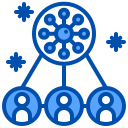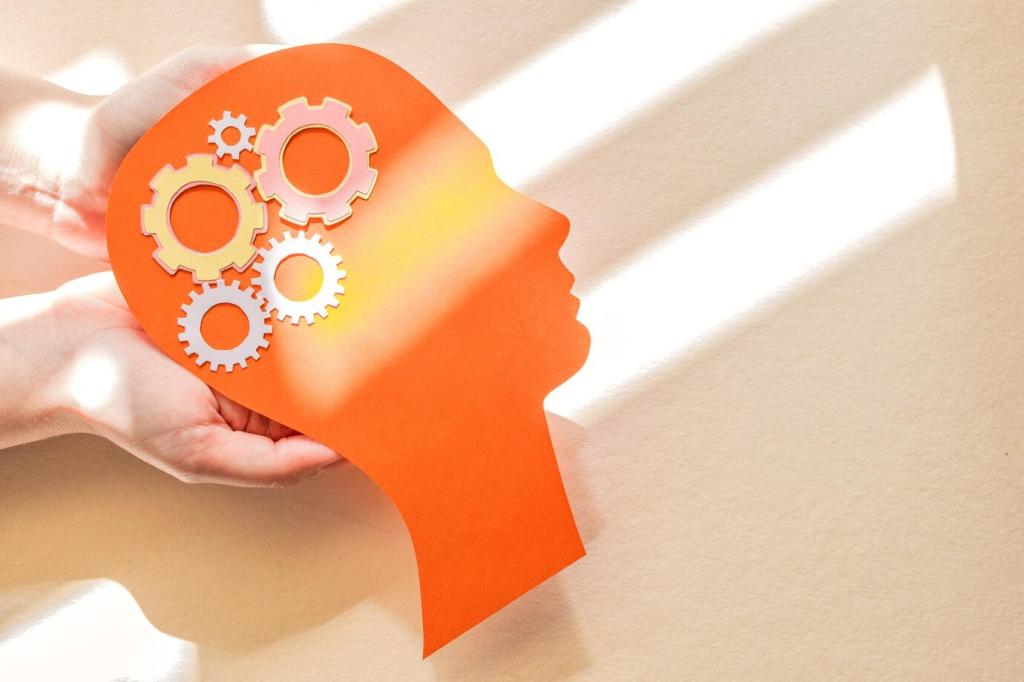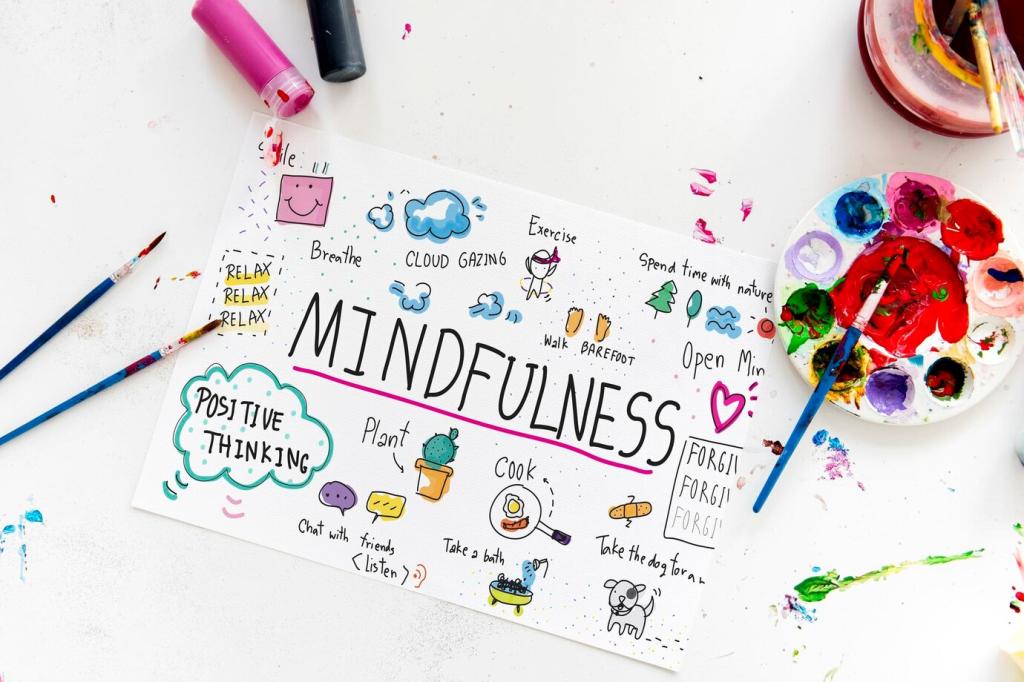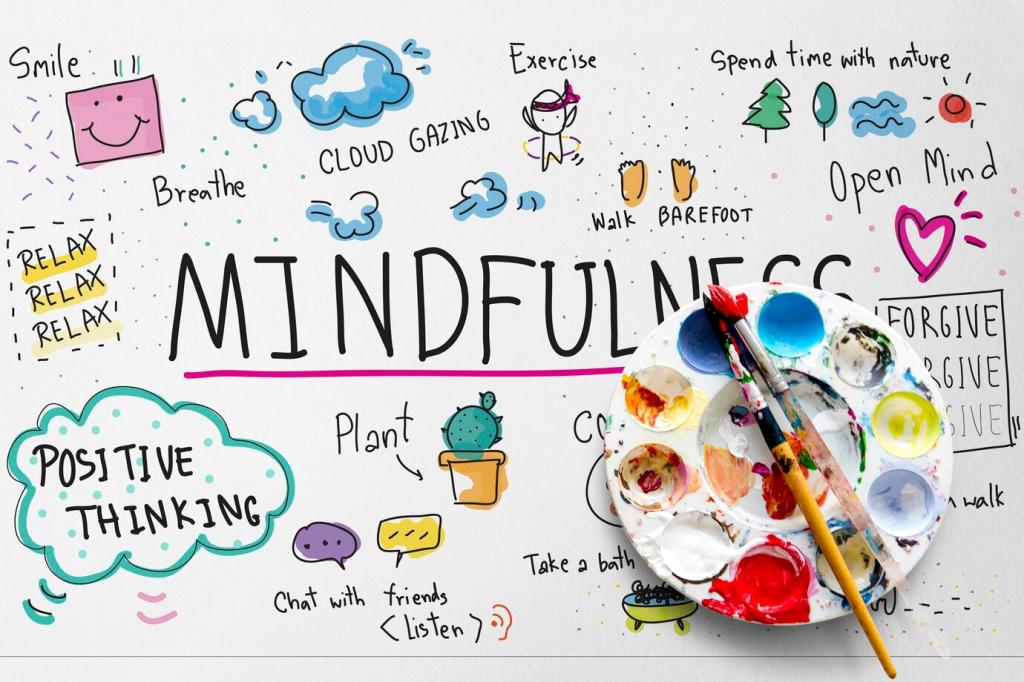Launch a Mindfulness Pilot at Work
Choose a volunteer team and commit to two micro-practices daily, plus a five-minute weekly retro. Keep it simple: one-minute breathing resets and mindful email pauses. Name a champion to nudge reminders and collect quick stories that humanize the data you will measure.
Launch a Mindfulness Pilot at Work
Track signal, not vanity: context-switches per hour, meeting length, error rates, and perceived focus using a two-question pulse. Compare baselines to week four. Mindfulness shows up as fewer restarts, clearer decisions, and work that moves forward without hidden friction or preventable rework.





